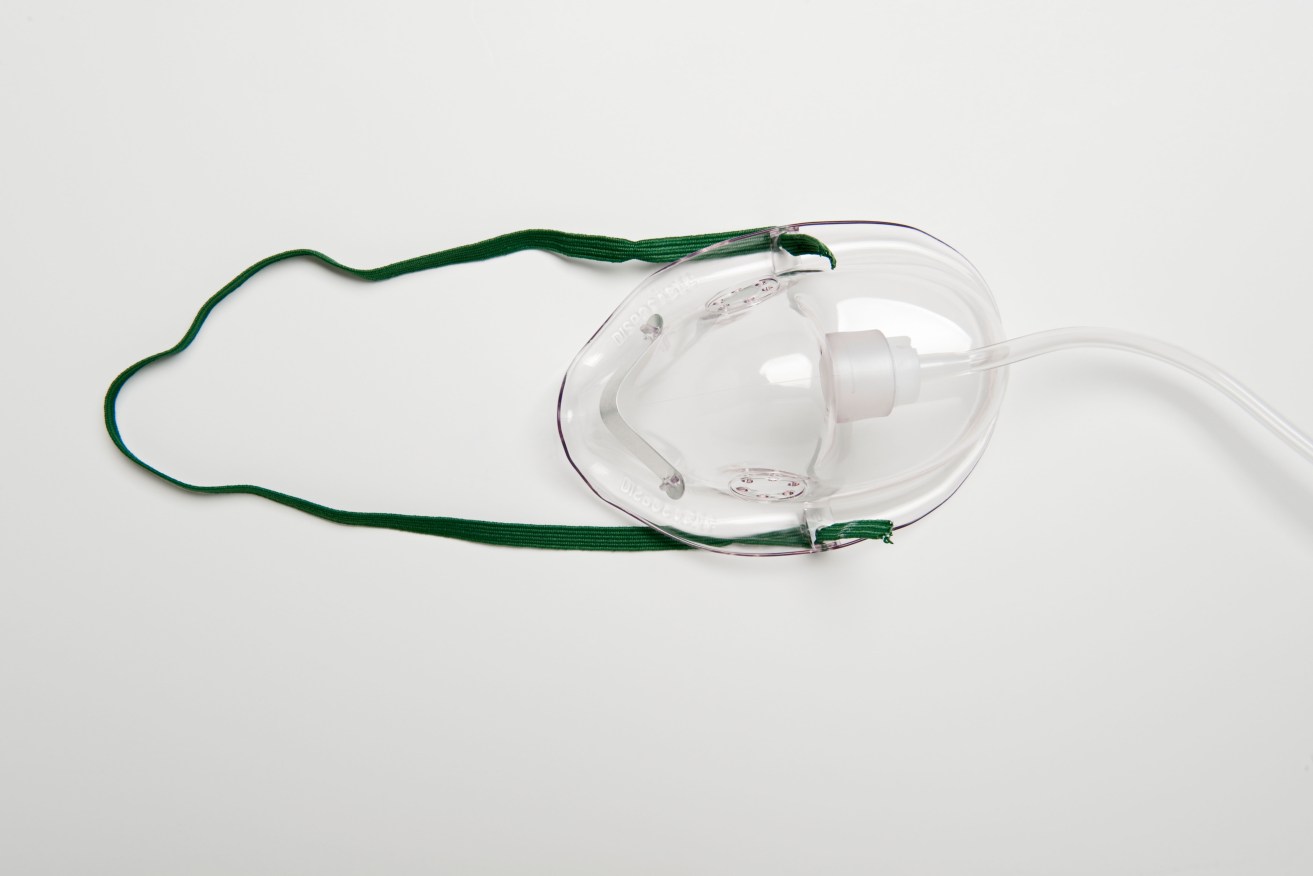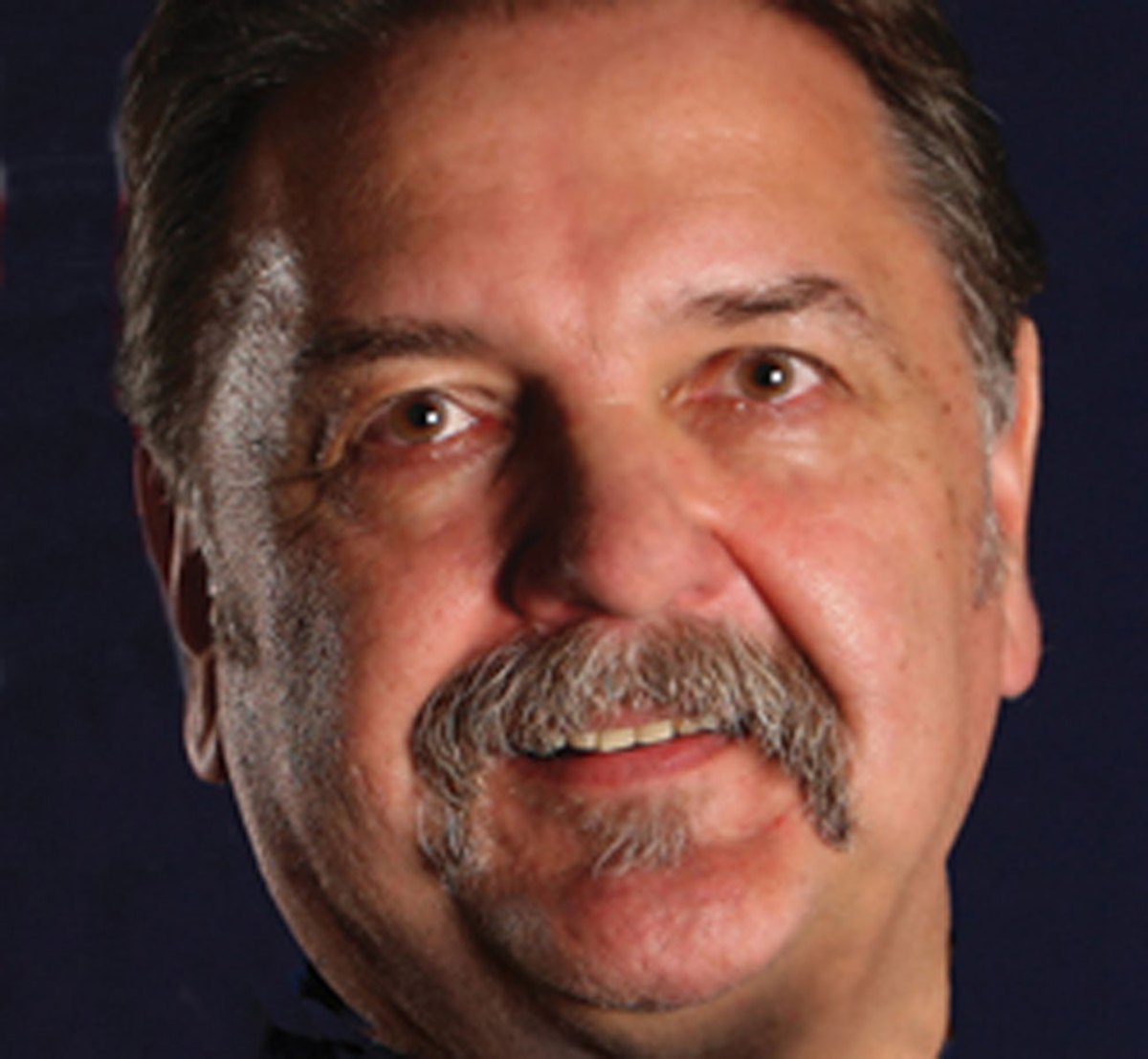Inquiry call as SA man on life support dies during power outage
A Wayville man on life support has died during a power outage, with disability advocates questioning how the tragedy could have happened.


The man, who is believed to have been suffering from muscular dystrophy, died at his home near the Adelaide Showgrounds after his ventilator stopped during a power outage in the early hours of Wednesday night last week.
InDaily understands the man’s breathing machine shut off between 2.09am and 4.48am after balloons and streamers tangled in power lines caused an 11,000 volt line to short, blacking out about 500 homes near the Showgrounds.
The incident has led disability advocates to call for a parliamentary inquiry and warn that the current system leaves thousands of South Australians at potential risk.
SA Police told InDaily a man had died during the time of the power outage.
“We can confirm police were called to an address in Rose Terrace, Wayville, just before 4am Wednesday morning where a man had died,” Police said.
“Police will be preparing a report for the coroner detailing the circumstances surrounding the man’s death.
“His death is not being treated as suspicious.”
An SA Power Networks spokesman said a customer at Rose Terrace was registered as a person on life support.
“SA Power Networks is saddened by the news of the gentleman’s death and we offer our condolences to his family,” he said.
According to SA Power Networks, some 4500 South Australians on home life support systems are registered with the power company.
“Facilities, such as hospitals and aged care, would need to have their own arrangements in place in case of a loss of supply or other emergency,” it said in a statement.
People on life support, many who are immobile and often alone for long periods, are notified of a blackout through power-sourced methods.
Under the national rules and its own guidelines, SA Power places a notification on its website that there is a power disruption and makes a 24-hour phone line available.
“Customers need to talk to their doctor and have a genuine medical condition that requires electricity-powered apparatus support,” he said.
“However, as discussed, we can not guarantee electricity supply and life support customers need to have a back-up plan in case they lose power.
“We can’t guarantee electricity supply as there are many causes of unexpected outages, including vehicles hitting poles, extreme weather events, equipment failure and interaction with animals and vegetation.
Under the Australian Energy Market Commission’s national energy retail rules, the addresses of all people who use oxygen concentrators, dialysis machines, airway respirators, Crigler Najjar Syndrome phototherapy equipment, ventilators and any other equipment certified as life support, should be registered with their electricity provider.
Publishing online somewhere that we’re in a black out when you can’t breathe without power is of no value to that life support user.
While industry guidelines exist for retailers to notify and make a phone line available during a power failure for people on life support, there are no rules to ensure a person on life support does register or that a person, such as a carer, or group be responsible for registering.
The death and registration loophole have been met with anger and disbelief from political and advocacy quarters.
Dignity for Disability MLC Kelly Vincent told InDaily the current guidelines and notification process were “futile” and rules needed to change to ensure people on life support were checked during a power outage.
“It’s an exercise in futility for SA Power Networks to be recording who is reliant on life support to sustain life yet have no plan in place when the power is out,” Vincent said.
“Publishing online somewhere that we’re in a blackout when you can’t breathe without power is of no value to that life-support user.
“If you can’t breathe, you’re probably already aware that there’s a problem.
“As a matter of urgency the government must implement a comprehensive process for checking on, and providing back up to, people that we know rely on the supply of power to sustain life.
“Government also needs to ensure there is an automatic registration process for people requiring life support.
“One death is too many and we must prevent this tragedy from occurring again.”
The man who died last week is believed to be the first in South Australia to lose their life as a result of power outage cutting off life support, but it is at least the third recent death in Australia.
Last year two men died in similar circumstances in Perth when power to their house was cut during a storm.
Conor Murphy and Kyle Scolari, both 25 and both suffering from muscular dystrophy, died in the Perth suburb of Beaconsfield when their respirators failed during a storm in July last year.
Wild weather cut power to the house, stopping their life-saving respirators, however, a back-up generator failed and the two men suffocated.
Muscular Dystrophy SA client services manager Amber Pyle told InDaily the current regulations governing alerts to people on life support during planned and unplanned outages were not adequate.
“There needs to be a parliamentary review because in this day and age, no-one should be dying in a power outage … there should be enough resources to ensure these people are safe,” Pyle said.
“There’s a reliability on these people having an able-bodied person with them and that may not be the case.
“In this day and age that someone has died in a power failure – to have that happen, this is just crazy.”
Pyle said that with many people sometimes involved, a potentially deadly gap existed with no-one responsible for registering with a power provider a person on life support, or ensuring equipment had back-up. These life-saving actions could be easily overlooked as each could assume the other had registered with the power provider.
“There is definitely a gap in being able to provide checks and balances.”
She said the man who died last week was believed to be the first SA person on life support to die during a power outage.
Executive director of Muscular Dystrophy Australia Boris Struk said a back-up system would have provided the breathing machine with up to 36 hours of power and the death left “a lot of unanswered questions”.
“I’m surprised this has occurred again,” Struk said, referring to the Perth deaths.

Muscular Dystrophy Australia’s Boris Struk
“If your alarm goes off it’s loud enough to be heard throughout the house,” he said.
Struk, whose son has muscular dystrophy, said maintenance and back-up power for life-saving equipment and registering with a power provided were personal responsibilities.
“You’re not going to go 60 metres in the water if you’ve only got three minutes of oxygen in your tank, would you?”
Struk said more needed to be done to ensure the safety of people on life support during power failure.
“An SMS is pretty feeble. I would have thought a knock at the door would at least happen.”




